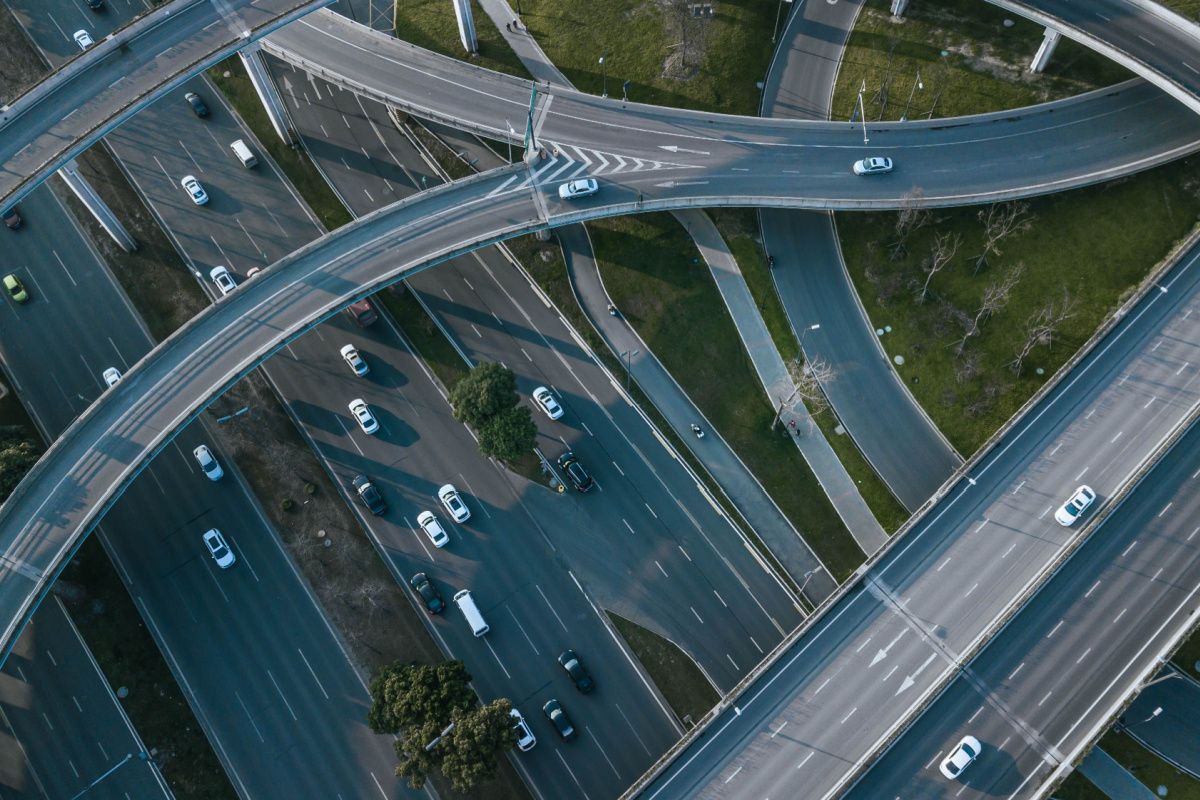The number of drivers hitting the road each year is steadily increasing, but the limited space and infrastructure available is leading to increased issues. Congestion, safety and pollution are a few examples faced by the modern automotive industry, but which can be directly improved with the help of modern technology.
Intelligent transport systems (ITS) are a multilayered solution to tackling a range of problems in the modern transportation landscape. By taking advantage of various information communication technologies, modern vehicles can have a plethora of infrastructure available to reduce congestion, pollution and change the way we travel for good.
What are intelligent transport systems?
An ITS represents any form of transport infrastructure that utilises information communication technologies to make mobility safer, more efficient and more sustainable. This can range from a wide array of V2V (vehicle-to-vehicle), V2I (vehicle-to-infrastructure) and V2X (vehicle-to-everything) technologies. Examples include journey planners that can interpret traffic statuses in real-time, communicating with other vehicles to develop autonomy and connected road sensors that provide a holistic digital view of the highway.
An ITS seeks to improve the quality and efficiency of road transportation by harnessing the potential of wireless technology and communications. With an effective dedicated short-range communication (DSRC) network or cellular coverage, each vehicle is clearly visible to road infrastructure, traffic controllers and other drivers. This opens up a range of potential features to optimise road travel in different ways.
What are the features of intelligent transport systems?
Optimised V2X infrastructure
There is a range of traditional infrastructure that leads to increased levels of congestion and pollution, such as drivers queuing at toll stations across the globe. Optimised transport infrastructure like electronic toll collection (ETC) can directly counteract idle times by eliminating them entirely. Vehicles can automatically communicate with toll infrastructure and perform a wireless transaction without the need to stop or any additional thought needed from the driver. These same benefits can be shared amongst almost all modern V2X infrastructure.
Intelligent traffic management
Approximately 42,795 road-related fatalities took place in the US during 2022, with the number steadily increasing decade by decade. A key contributor to this is the lack of information and infrastructure to inform drivers of potential hazards and harms as they happen, rather than afterwards. Intelligent traffic management acts as a solution to this by utilising high-performance cellular or WLAN coverage to directly inform drivers of important safety notices in real-time, rather than relying on physical variable message signs on the road. With minimal latency and high bandwidths, these traffic management systems can have visibility of the different cars on the road, and inform specific drivers to lower speeds and avoid lanes. The result is a safer driving experience whilst still improving the efficiency of travel for everyone.
An example of one of these traffic management systems in practice is the installation of sensors on utility poles throughout a busy 2-mile highway zone in northeast Portland, Oregon. By utilising photo-radar technology to enforce the speed limit, speeding was reduced by 23.7% along the highway, creating a safer travelling environment.
Connected vehicles
By creating a reliable and high-performance wireless network, vehicles can communicate with each other and road infrastructure with minimal latency. This acts as the foundation for connected car systems such as autonomous driving, where public transport can be automated without the need for a human driver. Singapore has already performed trials on autonomous buses that see improvements to road safety and efficiency by removing the potential of human error.
What are the key benefits of intelligent transport systems?
- Safety - Traffic management systems and V2V communications provide visibility of vehicles in real-time, reducing the factors that lead to traffic incidents such as lane closes, speed limit changes and emergency response times.
- Efficiency - Vehicles can integrate intelligent route optimisation software that communicates with ITS to automate diversions and route changes based on real-time traffic information.
- Sustainability - The improved infrastructure and wireless communications of ITS reduce the amount of idle time and traffic congestion instances, eliminating a significant portion of needless carbon emissions.
Integrate high-performing wireless solutions to take full advantage of intelligent transport systems
Intelligent transport systems represent the future of travel and logistics, bringing uniform benefits to safety, efficiency and sustainability. In order to provide these benefits, ITS requires a reliable foundation of wireless connectivity; any loss of connectivity can lead to an array of problems. Because of this, antenna solutions that don’t compromise on connectivity are vital for both infrastructure and vehicles alike.
At Antenova, we provide wireless connectivity without compromise. Our antenna solutions exhibit high performance, compact size and impressive efficiency without losing out on any additional features. What’s more, our antennas are designed with integration in mind, shortening your design cycle and providing a range of types and shapes to fit your needs.
To take full advantage of intelligent transport systems without risking a loss of connectivity, contact a member of our team today and we can help you find the antenna solution that perfectly suits your needs.




